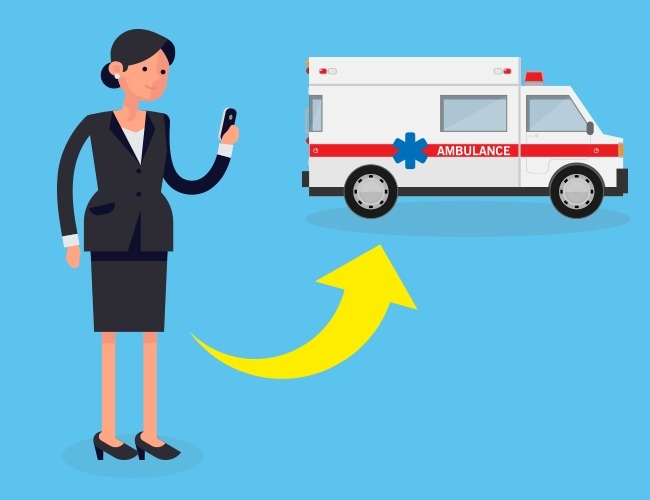Meningitis is a disease connected with the inflammation of the protective membranes covering the brain and spinal cord. The etiology of this disease can vary, but the symptoms of different types are generally similar.
It is considered that children are most susceptible to this disease. This is why Bright Side decided to remind parents about the ways of detecting meningitis and which symptoms should be paid attention to primarily.
Sudden fever

One of the symptoms of meningitis is a fever that starts suddenly. A child starts to shiver and keeps complaining that he always feels cold.
The sick person’s temperature goes up very quickly, and it very often becomes an uphill task to bring it down. However, due to the fact that this symptom is a sign of many other diseases, one should pay attention to other factors showing changes in a child’s condition.
Severe headache

Headaches caused by meningitis are often not simply strong but unbearable. Moreover, the pain can impact a patient’s neck as well, but due to the “splitting” headache, he simply can’t pay attention to it.
A bulging fontanel can be an important sign of meningitis in newborn babies.
Double vision

A person affected by meningitis cannot focus his eyesight, which is why his vision becomes doubled.
Stomachaches, nausea, and vomiting

A person sick with meningitis loses his appetite. This happens partially due to constant nausea that can be followed by stomachaches and vomiting.
Sensitivity to bright light

Another sign of meningitis is a fear of bright light because it causes watering of the child’s eyes and nausea together with a headache that becomes stronger.
Rigidity of the occipital muscles

A child with meningitis may be in a particularly recognizable position: lying on his side with his head thrown back and his legs bent. Attempts to unbend his neck are often not successful.
Inability to unbend legs

Even if you manage to bend the child’s head to his chest, his legs instantly bend at his knees, and they are impossible to unbend in this position. This phenomenon is called the Brudziński neck sign.
With meningitis, the Kernig’s sign also appears, where one cannot completely extend his leg if it’s lifted at approximately 90°.
Unfading skin rashes

Skin rashes are also possible with meningitis. With this test, it’s very easy to detect a simple rash that is not connected to meningitis.
Take a clear glass, apply it to the rash, and press it firmly against the skin until it turns pale. If the spots turn pale together with the skin, the person doesn’t have meningitis. If the rash doesn’t fade, then you should seek medical attention.
What to do?

Meningitis is a dangerous disease, which is why if any of these symptoms are detected you should instantly call an ambulance. You should provide the sick person with rest, quiet, and dimmed lights in the room until the doctor arrives.
You should inform the doctor about all detected symptoms. It is highly discouraged to refuse hospitalization when there is suspicion of meningitis because it’s possible to treat it effectively only in the inpatient department.












